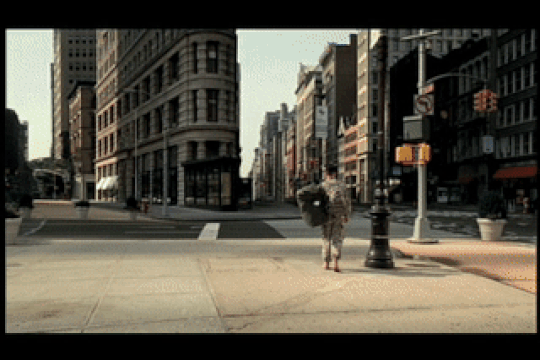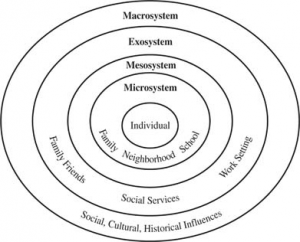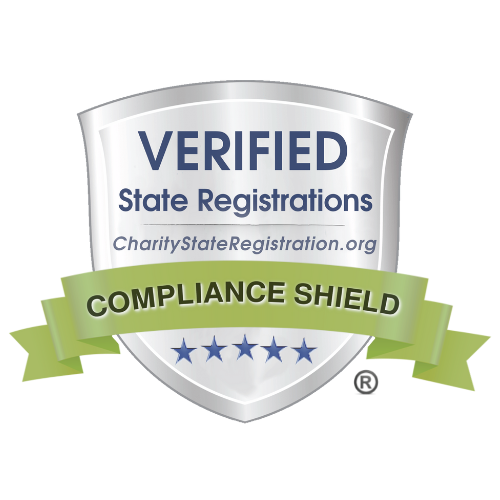IAVA | May 16, 2018
Read: Victim Impact and the Ripple Effect

Former Veteran Transition Manager, Ashley Wegmann, shares her insight on Victim Impact.
According to Isaac Newton, for every action there is an equal and opposite reaction. Now, this may be true with regard to Newton’s Third law of Motion. However, working with people cannot always be so easily defined and some actions cause much bigger reactions.
Prior to joining IAVA’s Rapid Response Referral Program (RRRP) in October 2016, I primarily worked with “mandated clients,” – individuals who were required to see me due to their past actions. In my previous roles at different organizations, I worked with individuals from all walks of life, different cultures, parts of the world, and all with very unique experiences. I facilitated individual and group counseling sessions with previously incarcerated individuals and provided community support through food pantry assistance, employment services, and overall case management to those at-risk for homelessness and recidivism.
In my work with persons who had committed sexual offenses, I co-facilitated a group named “Victim Impact.” We discussed how with each sexual offense, there are infinitely more people impacted than the singular identified victim. For each crime, there is a primary victim, secondary victims, and tertiary victims.
Typically, the primary victim is the person who was assaulted. The secondary victims are the close family and friends, and tertiary victims are those who are not close with the primary victim but are still impacted (even if to a lesser extent). Victim Impact is a notion that I believe is all encompassing of human interaction. However, not all interactions are victimizing and they are definitely not all negative. Therefore, I refer to Victim Impact as the “Ripple Effect,” which extends beyond victim impact and explains a broader array of human interactions.
To best understand the Ripple Effect, think of a smooth body of water. During status quo, it is untouched and unmoving. However, if a leaf or a pebble break the water’s surface tension, ripples are created.
The center ripples are the smallest, densest, and most impacted by the disruption while the outer ripples are larger, more spread out, and less directly impacted. The ripples seen in water, are a metaphor for the interactions which occur among humans each and every day.
Like the water analogy, the individual at the center of an action is the most impacted and moved. However, the singular person that is most impacted is the smallest part of the system. The second ring of the ripples symbolize those closest to the person at the center. They are less impacted but there are more of them. Lastly, the outermost ripples represent the larger groups that are affected by an individual’s actions. This group is typically much less impacted than those at the center but it includes the largest amount of people.
In theory, the Ripple Effect seems easy to understand. Real examples are much more complex. To best demonstrate the Ripple Effect I will provide a scenario but it is important to note that people are impacted in their own unique way, have self-determination, and make decisions differently. Therefore, the example provided is not indicative of all veterans’ experiences and are not generalizable.
Imagine a male veteran who was fired from his place of employment. According to Newton, the equal and opposite reaction would be to hire another male veteran in his place and there would be no other impacts. However, according to the Ripple Effect, impacts would be much greater. At the center of this scenario would be the veteran. He would need to begin looking for another job, may fall behind on bills, lose housing and become homeless. Falling behind on bills negatively impacts his credit and his ability to get future housing. The loss of his job could also mean termination of workplace relationships and healthcare coverage. He may feel an overwhelming amount of stress, have tension with his family, and lose his sense of purpose. If this veteran is dealing with underlying mental health and/or substance use concerns, losing a job could cause a relapse and potentially lead to incarceration.
The veterans’ immediate family (i.e. spouse and children) are the secondary group, or the second ripple in the water. They are still very much impacted by the veteran’s loss of employment as they are also homeless and experiencing stress. The children may need to go to a new school and the spouse will need to find new housing but overall, they are slightly less impacted than the veteran himself.
The third ripple is comprised of the extended family and friends. They may feel stress and worry for the veteran and his family. Additionally, they may open their home to the veteran’s spouse and children while the veteran is incarcerated. Other members of the extended family may assist with some bills as they are able and others provide meals. Additionally, the extended family may take turns reaching out to the incarcerated veteran and his family. Being that there are more individuals to offer support and to bear new responsibilities, the extended family and friends require smaller adjustments than the immediate family, and even smaller adjustments than the veteran himself.
The outermost ripples consist of larger society. As the veteran is no longer able to afford bills, the utility companies and rental companies are no longer receiving their entitled payments. Additionally, the veteran and his family may reach out to financial assistance programs or go to the Department of Human Services to receive financial support.
In my role as a Veteran Transition Manager, I often approach my work through the lens of the Ripple Effect. I use this notion to gain a better understanding of the veterans I work with, their strengths, goals, and the challenges they face. Recognizing the primary reason for reaching out often has underlying causes as well as consequences is key to providing effective case management. It is equally important to realize that actions and decisions do not happen in a vacuum. Therefore, with all RRRP client work, it is vital to analyze and understand the potential outcomes for everyone captured in these ripples. RRRP’s services, which include support and linkages to quality resources and care produce life altering changes in the trajectory of our client’s lives. This impacts the clients, their families, their friends, current and future employers, and the community at large. For each action there is a much larger chain reaction.







